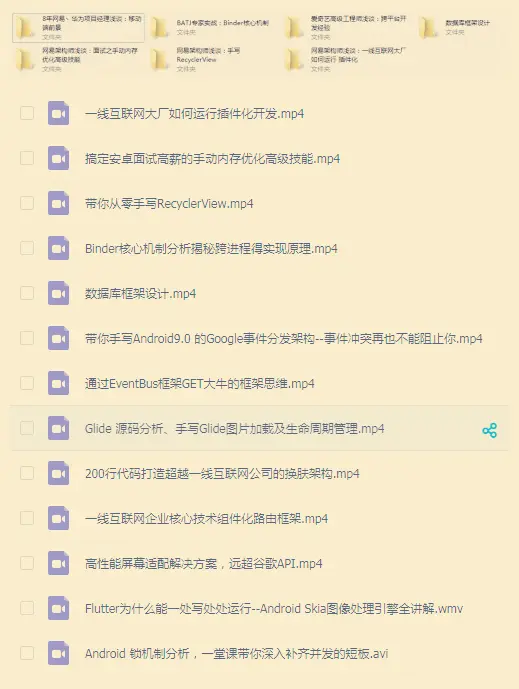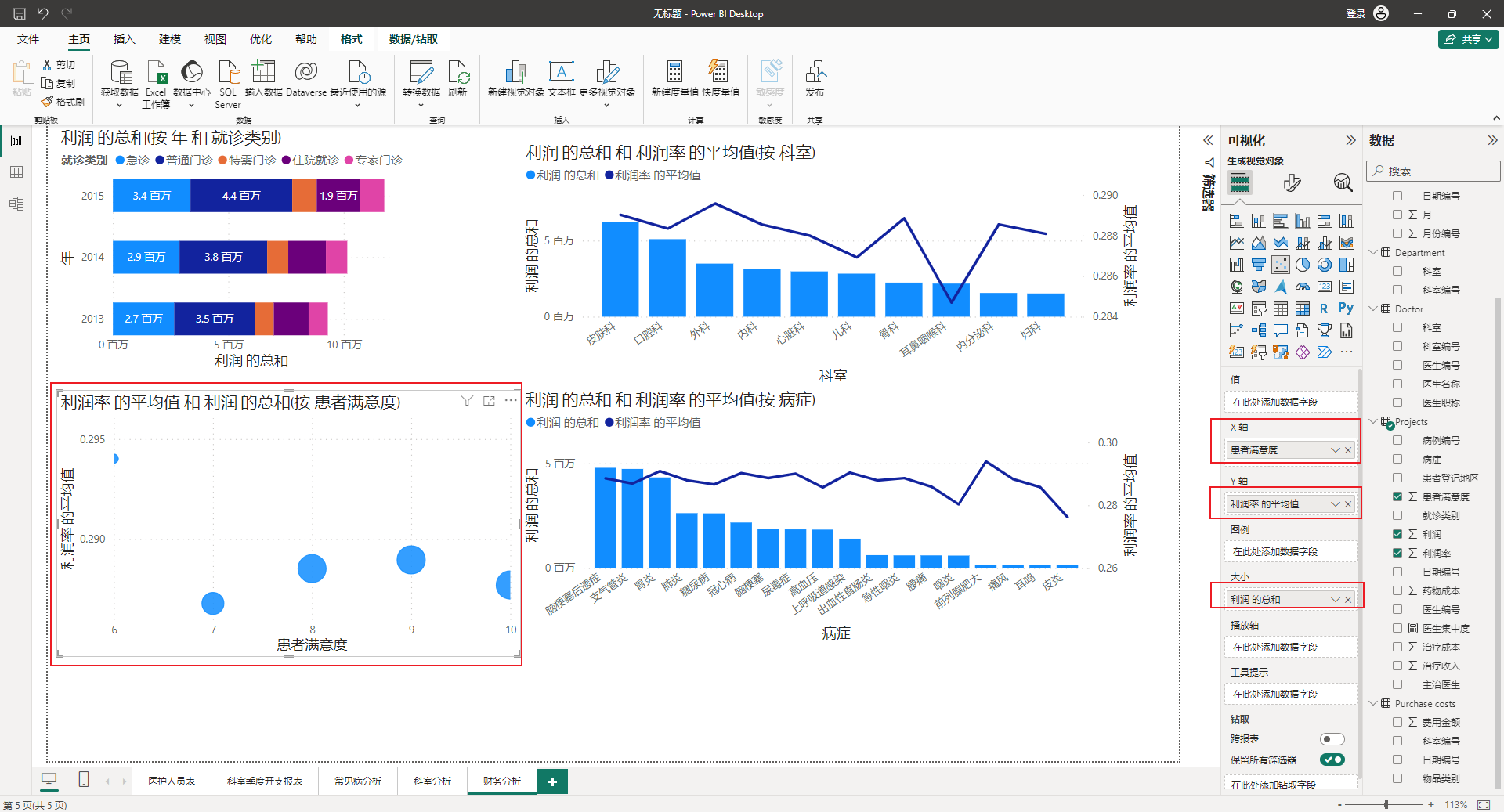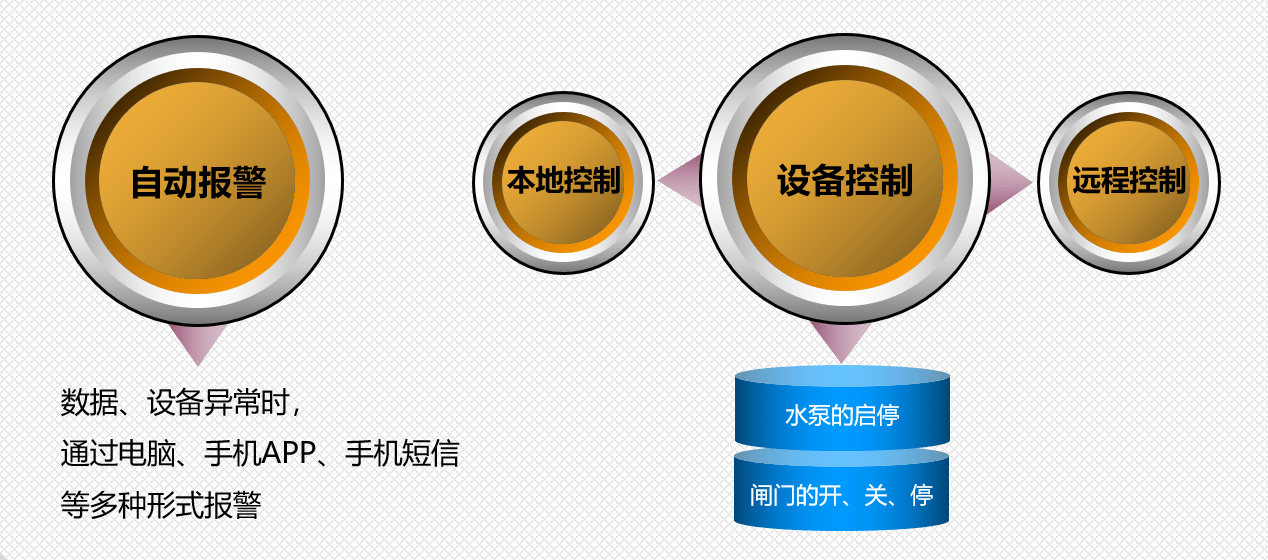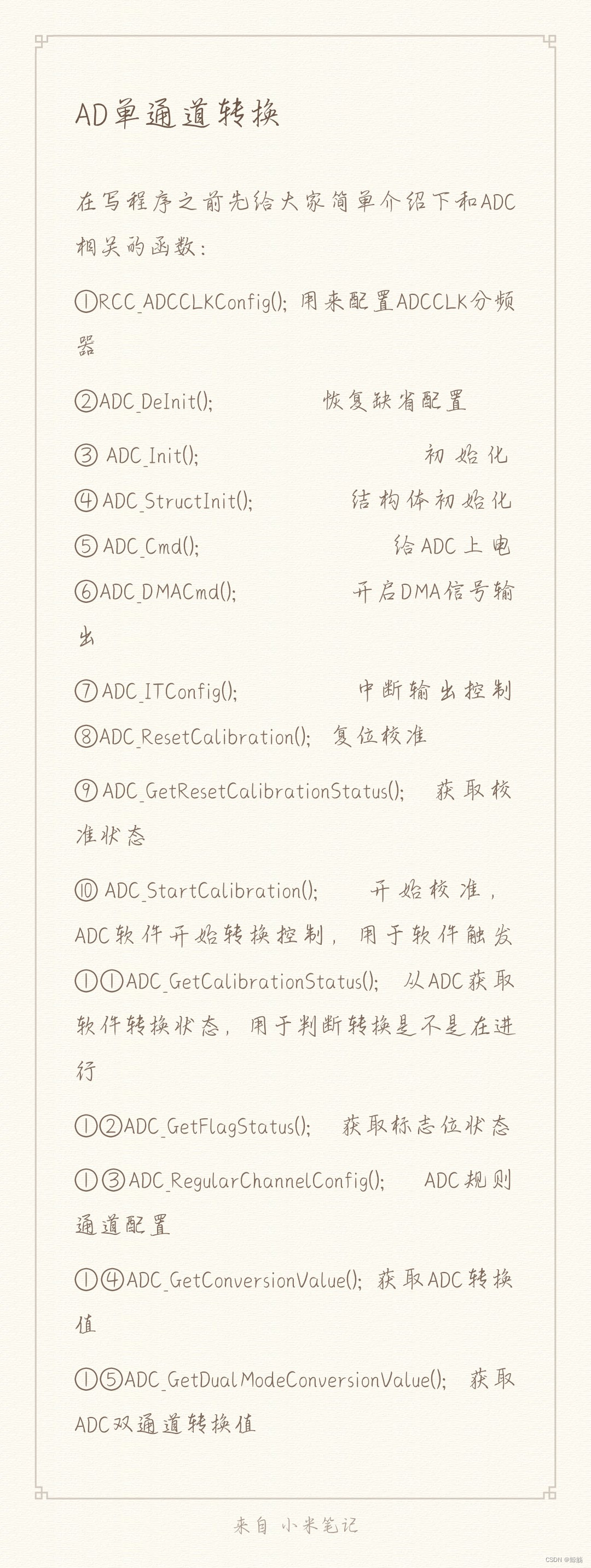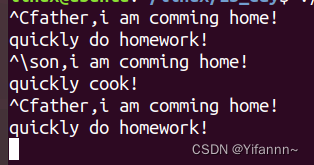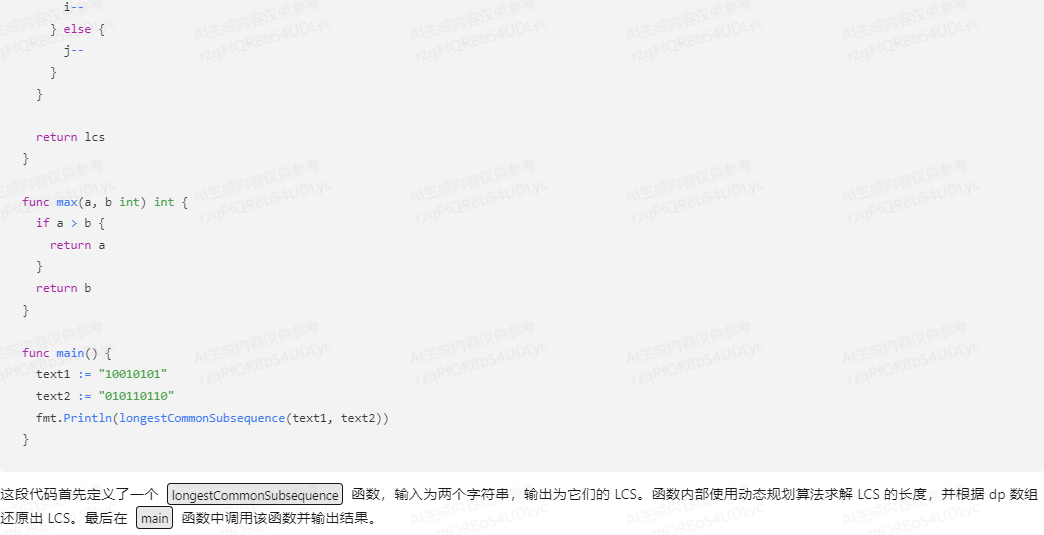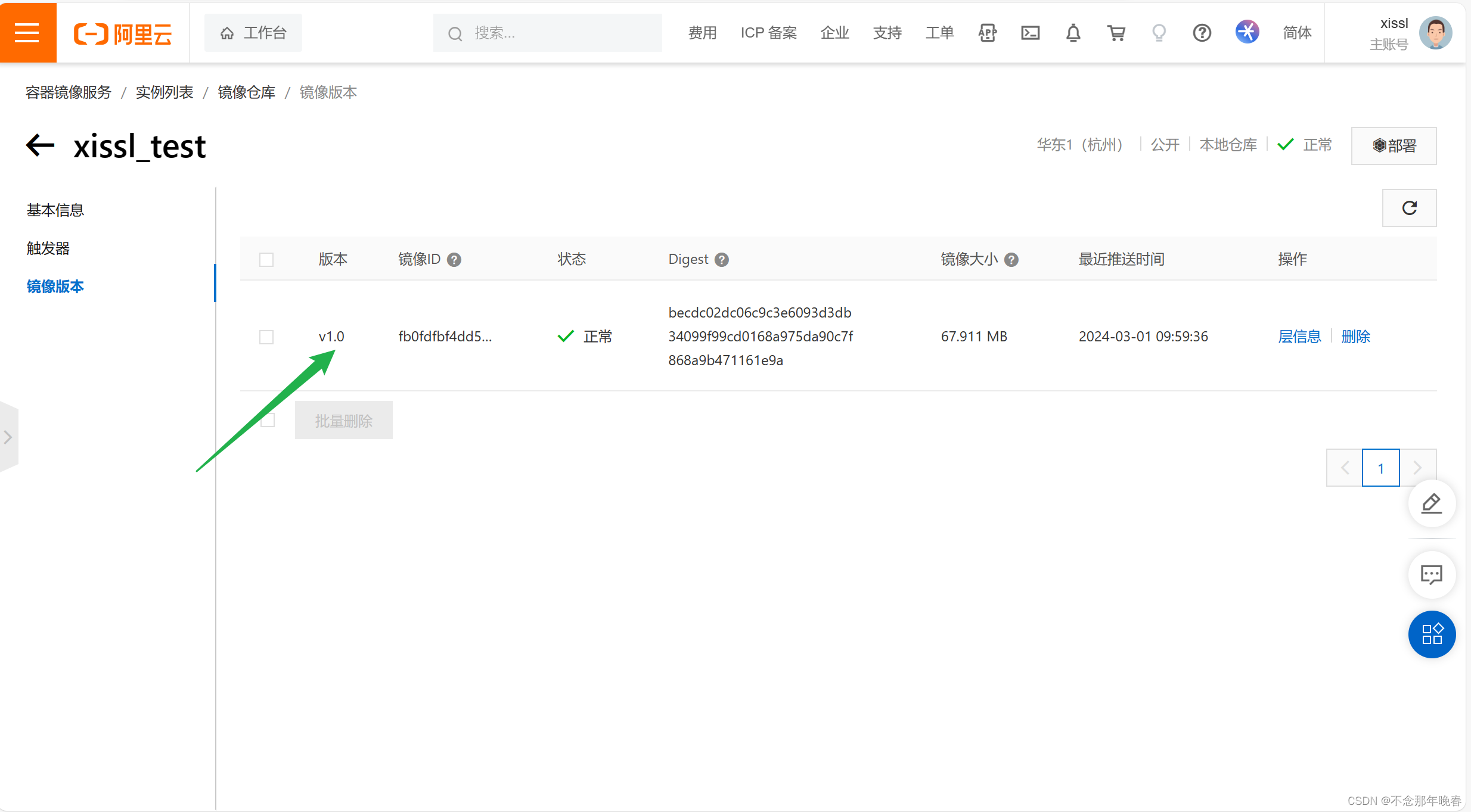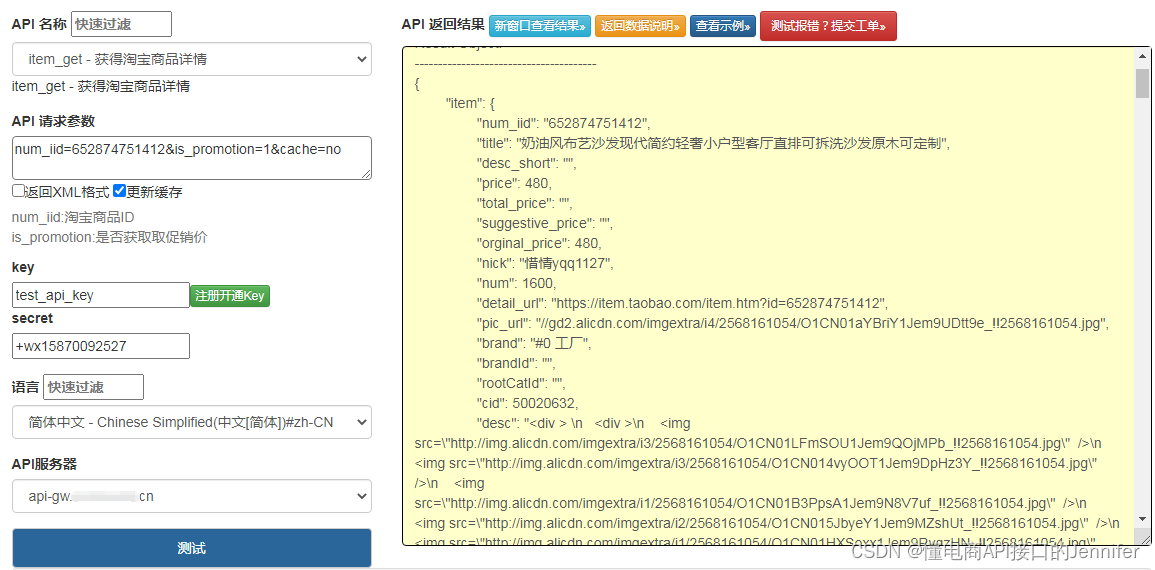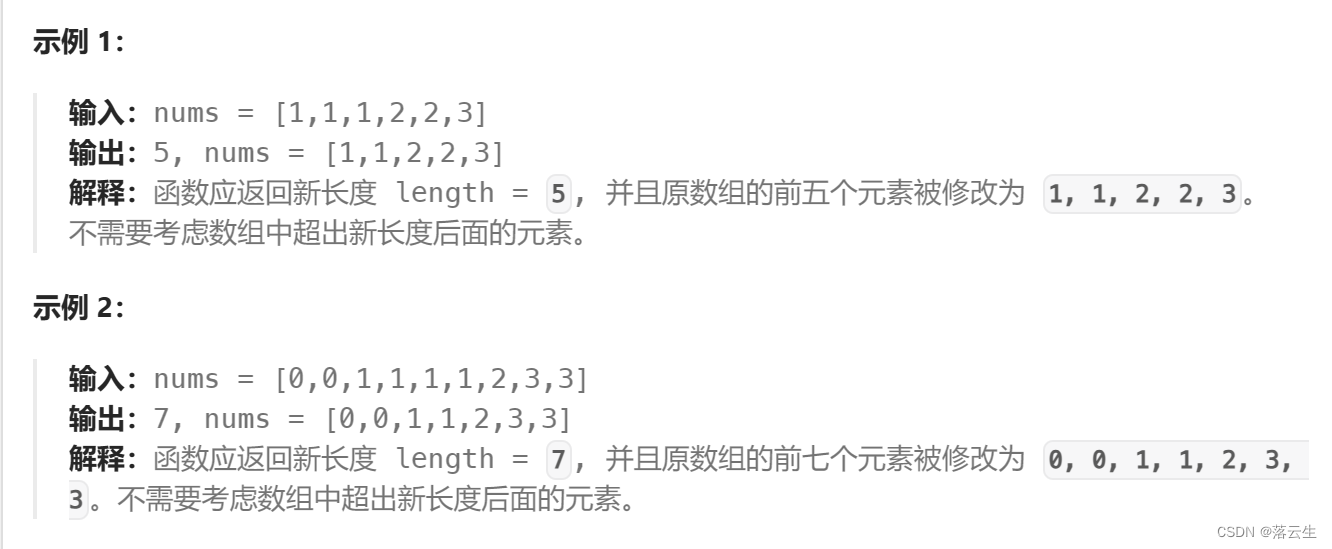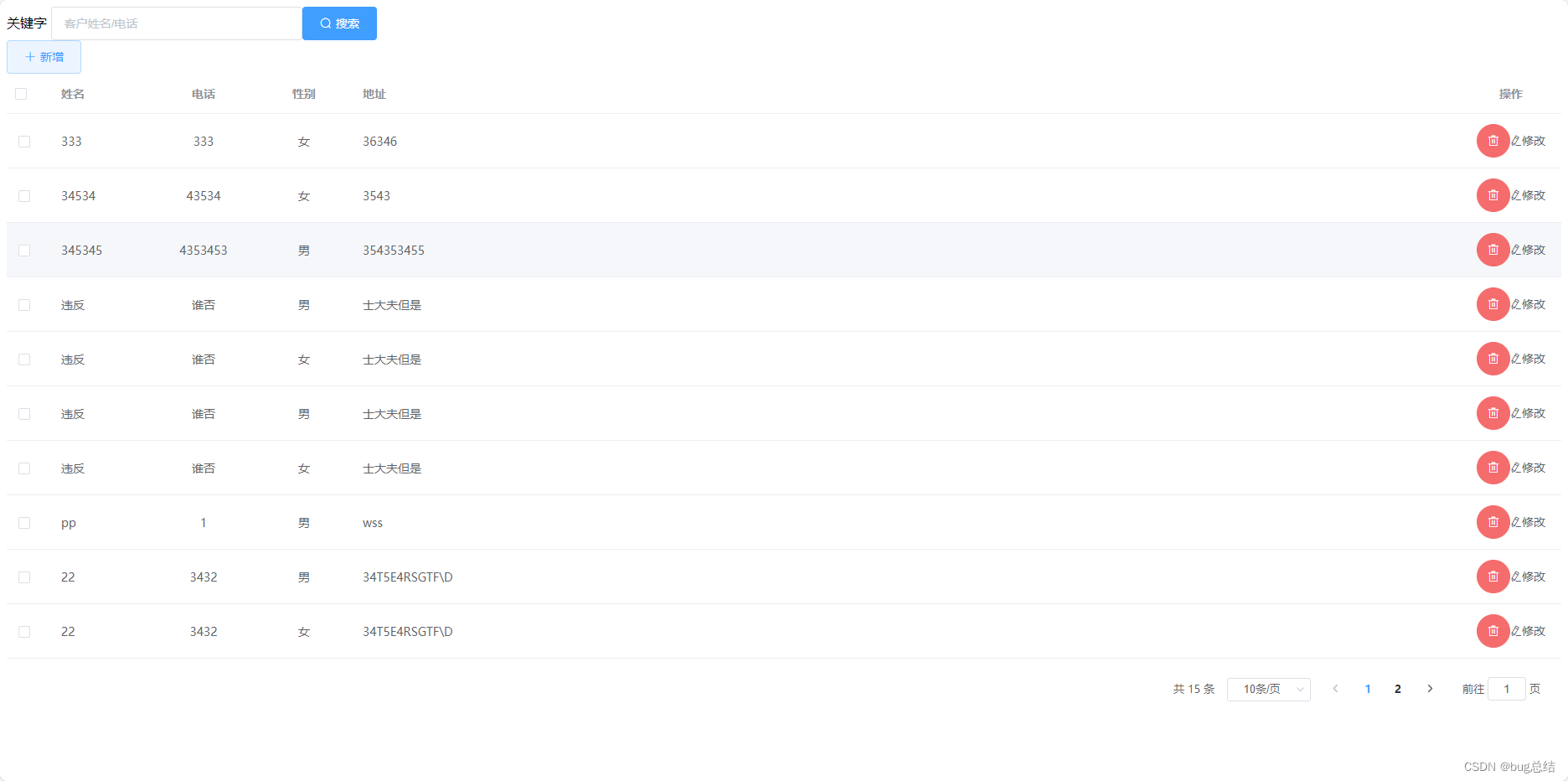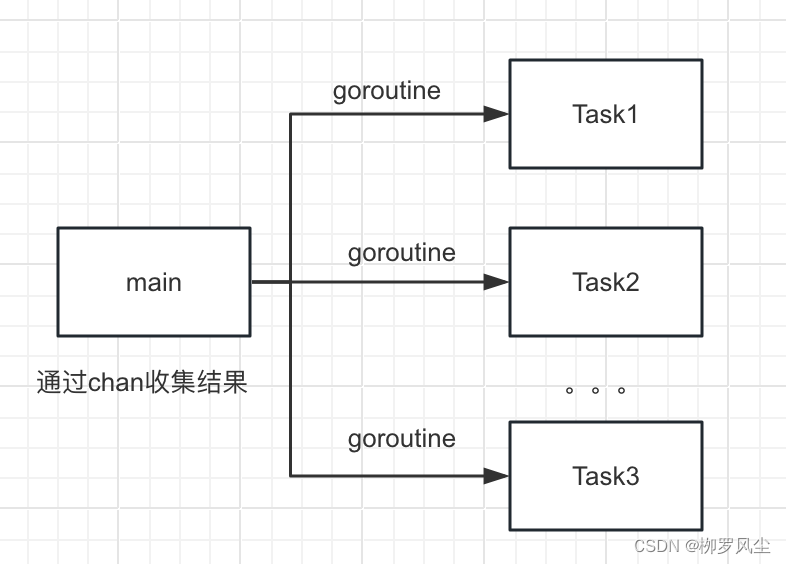文章目录
- 一、OpenAPI工具
- 二、OpenAPI文档
- 四、OpenAPI Generator
- 五、API规范(契约)
- 参考
一、OpenAPI工具
OpenAPI.Tools
- OpenApi 文档编辑器,推荐使用:Stoplight Studio
- Mock服务器,推荐使用Prism
- 代码生成工具:OpenAPI Generator,github
二、OpenAPI文档
Open API Specification
- 文档可以使用yaml或者json描述
- Open API规范的内容:路径,http操作;基本信息;联系方式;授权路径;访问控制;服务器
- OpenAPI文档实际上就是HTTP操作描述的集合
- 设计API的过程就是编写OpenAPI文档的过程,后续的开发工作会基于这个OpenAPI文档进行
- 建议使用Stoplight studio创建的OpenAPI文档
Stoplight
- Stoplight studio,集成IDE
- Spectral,验证
- Prism,模拟服务器
eg:Stoplight studio创建一个支付的OpenAPI文档
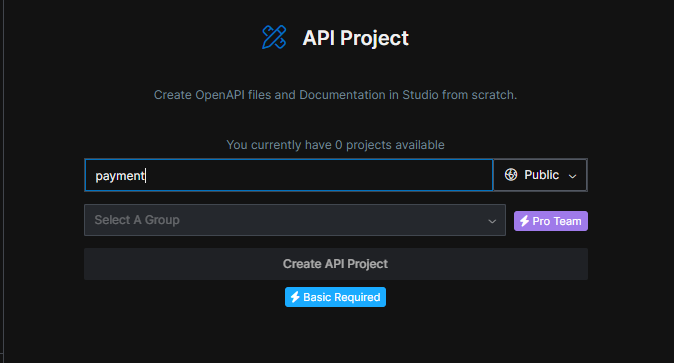
(1)设置一些基本信息

(2)创建一个路径用于查询支付状态

使用(3)中创建的Response在这里使用这个Response
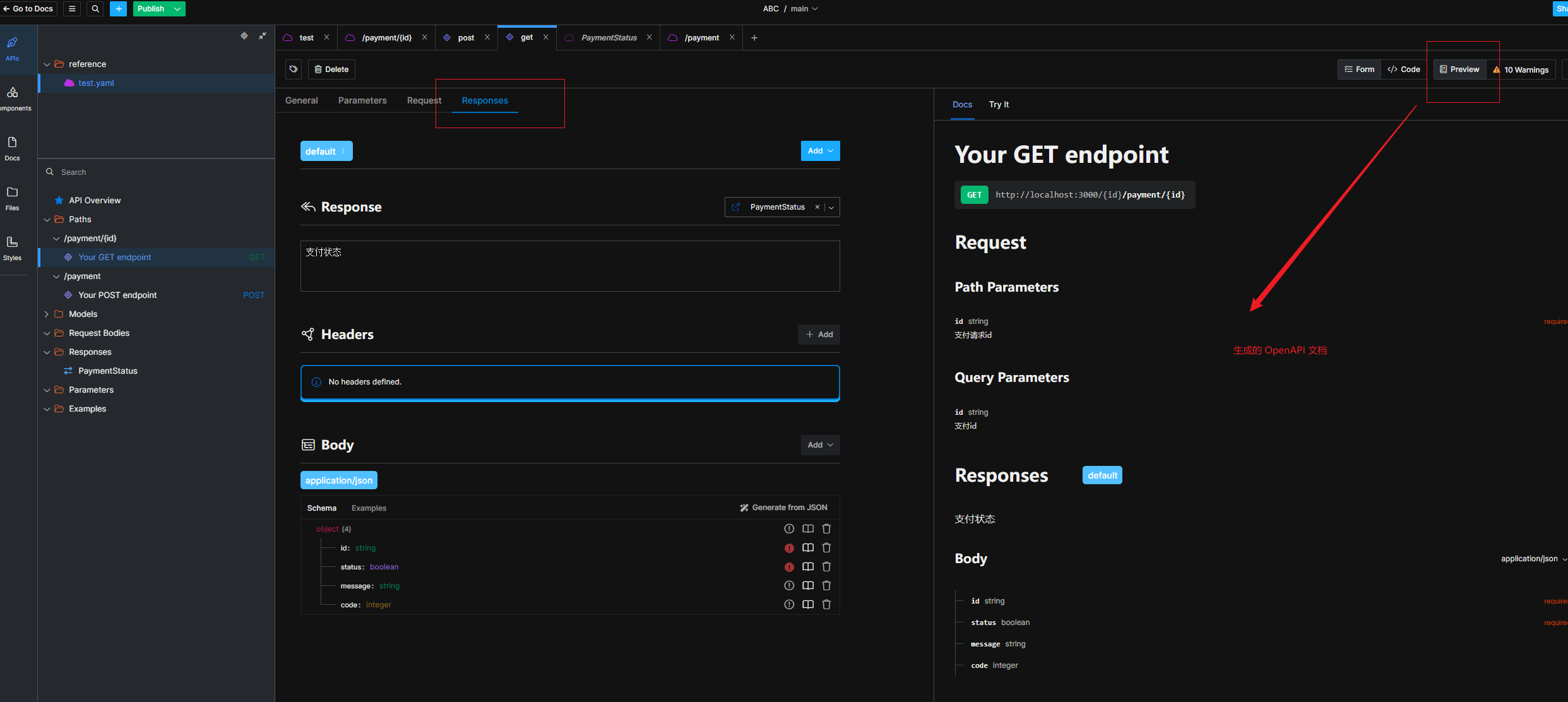
(3)创建一个Response
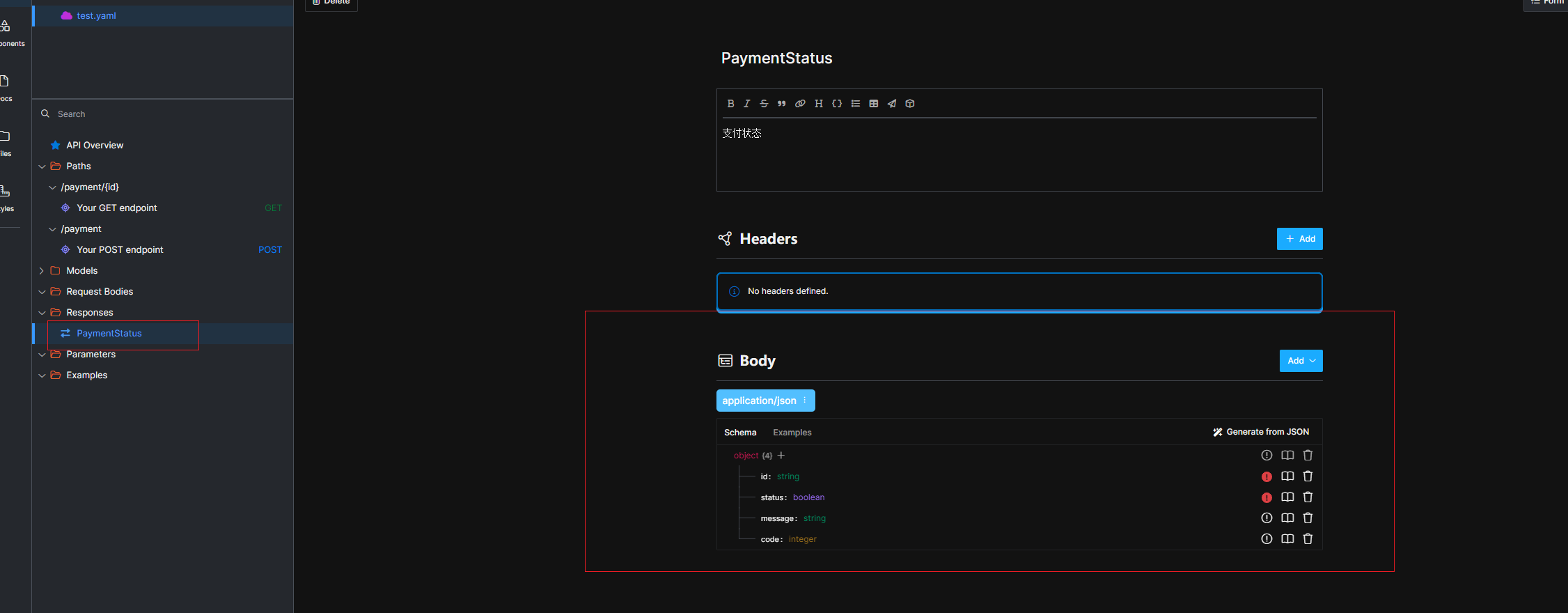
(4)创建一个路径用于创建支付记录
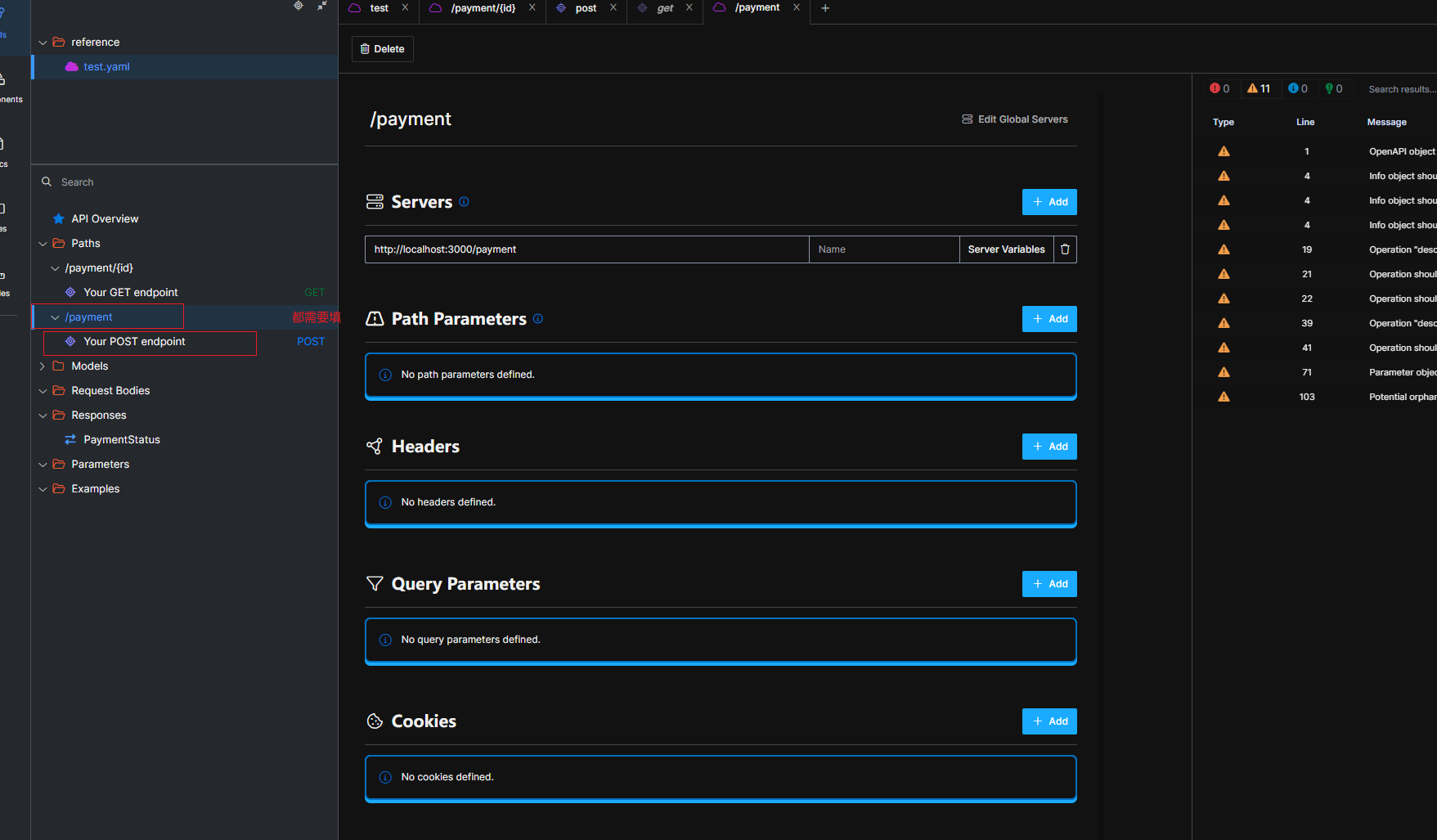
保存项目工程
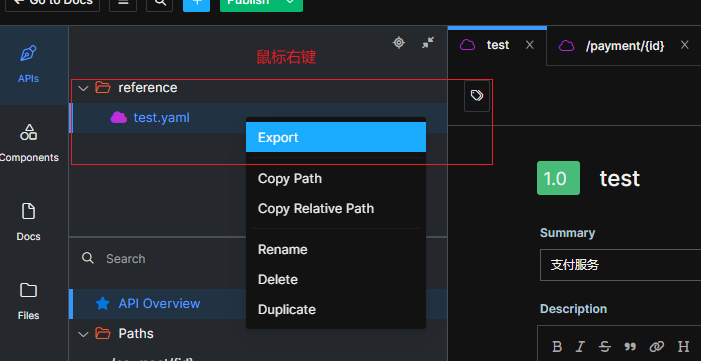
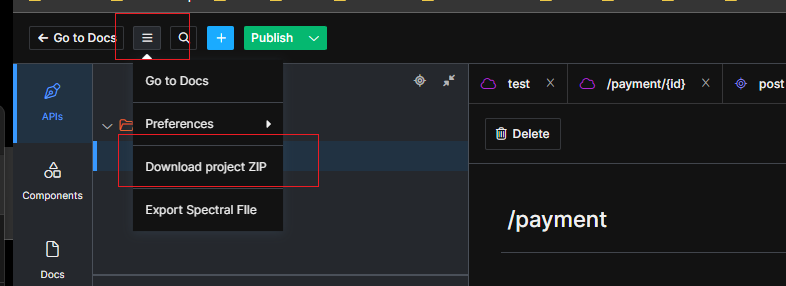
工程最终就是一个yaml文件
openapi: 3.1.0
# ASAM SOVD V1.0.0
# © by ASAM e.V., 2022
# SOVD API Fault Data Types
# This file is informative. The normative REST API definition is published in the specification.
# Any use is limited to the scope described in the ASAM license terms.
# See http://www.asam.net/license.html for further details.
info:
title: SOVD API Fault Data Types
license:
name: Licensing Terms for Grant of Rights to Use ASAM Products
url: https://www.asam.net/license/
version: 1.0.0
description: >-
Data types for representing faults
paths: {}
components:
# ==========================================================================
# Schema definitions
schemas:
# ------------------------------------------------------------------------
# Schema: ListOfFaults
ListOfFaults:
description: >-
List of all faults of a device
type: object
required:
- items
properties:
items:
type: array
items:
$ref: '#/components/schemas/Fault'
schema:
description: >-
Schema for describing the fault response.
Condition: Only provided if the query parameter include-schema is true.
$ref: ../commons/types.yaml#/components/schemas/OpenApiSchema
# ------------------------------------------------------------------------
# Schema: Fault
Fault:
description: >-
Description of a single fault
type: object
required:
- code
- fault_name
properties:
code:
description: >-
Fault code in the native representation of the entity.
type: string
example: '0012E3'
scope:
description: >-
Defines the scope (e.g., user-defined fault memories) for fault entries.
The capability description defines which scopes are supported.
type: string
example: Default
display_code:
description: >-
Display representation for the fault code.
type: string
example: P102
fault_name:
description: >-
Name / description of the fault
type: string
example: No signal from sensor
fault_translation_id:
description: >-
Optional identifier for translating the name
type: string
example: CAMERA_0012E3_tid
severity:
description: >-
Severity defines the impact on the availability of the vehicle. Lower number means higher severity.
For a classic ECU this resembles the level from ODX, for HPCs the SOVD API recommends
1 = FATAL,
2 = ERROR,
3 = WARN, and
4 = INFO.
type: integer
example: 1
status:
description:
Detailed status information for the fault as key value pairs. For classic ECU this resembles the status byte of a DTC.
The content of the keys and values is OEM-specific. The keys are defined in the capability description. See Notes below.
type: object
symptom:
description: >-
Detailed symptom / failure mode information for the fault. For classic ECU this resembles the symptom of a DTC.
The content of the attribute is OEM-specific.
type: string
symptom_transaction_id:
description: >-
Translation identifier for the symptom name.
type: string
items:
$ref: ../commons/types.yaml#/components/schemas/AnyValue
四、OpenAPI Generator
功能:
- 根据OpenAPI文档生成不同类型的代码,支持生成多种编程语言和框架
使用方式:
- 使用命令行工具,以jar包的形式提供
子命令:
generator
查看generator的帮助
openapi-generator-cli help generator
重要参数:
-g:指定生成器
-i:输入的openAPI文档
-o:指定代码生成目录
-p: 传递生成器特有的配置项
=======================================================
辅助命令:
验证OpenAPI文档
openapi-generator-cli validate -i payment-service.yaml
列出生成器:客户端,服务器端,文档,模式,配置生成器
openapi-genertor-cli list
查看生成器的配置项
openapi-generator-cli config-help -g spring
eg:生成使用Spring的服务器端代码
openapi-generator-cli generate -g spring -i payment-service.yaml -o payment-service-server-spring
openapi-generator-cli generate -g spring -i payment-service.yaml -o payment-service-server-spring -p delegatePattern=true
- 使用Maven或者Gradle的插件
- 使用在线服务,发送代码生成请求到公开或者私有的服务器上,然后下载生成好的代码(使用较少),openapi-generator online
五、API规范(契约)
(1)API规范就是契约契约。
Reset API的规范可以使用OpenAPI规范或者早期的Swagger;
- Open API规范基于Swagger发展而来,以yaml或者json的格式来表述RESET API的契约
- Open API规范中最重要的两个元素:路径,模型
(1)路径是标识每个API的访问路径,可以定义路径的参数、查询参数、请求格式和相应格式等
(2)模型是定义请求和响应中可能出现的对象的结构
(3)OpenAPI的时候是Json或者yaml的
gRPC API使用Protobuf来定义API契约;
(2)查看OpenAPI生成的文件,可以使用swagger UI
docker run --rm -p 8800:8080 -v /home/wangji/test.yaml:/openapi.yaml -e SWAGGER_JSON_=/openapi.yml/swaggerapi/swagger-ui
打开浏览器即可:
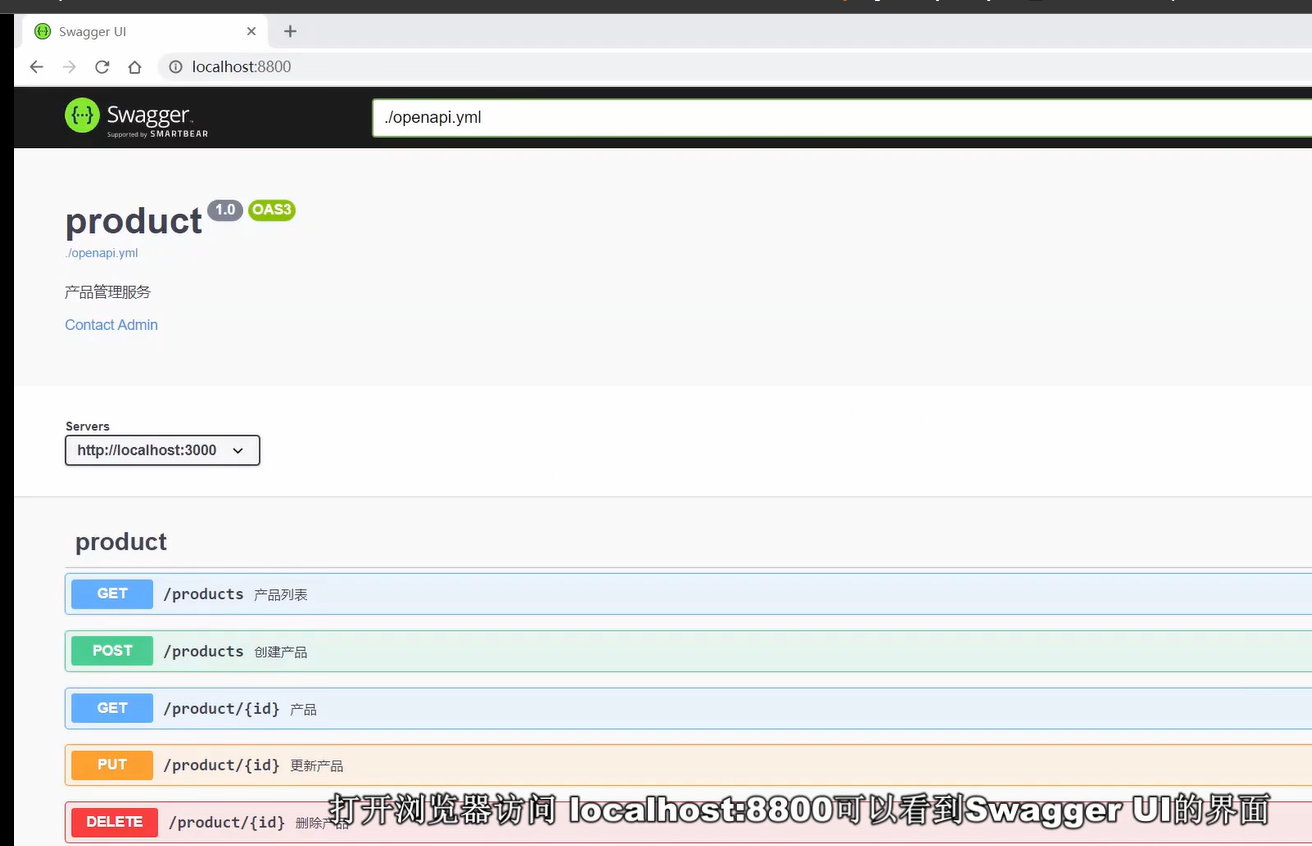
(3)模拟服务器
- 可以使用Stoplight Prism
prism-cli mock -d product.v1.yaml
服务器默认端口:4010
-d:标识给出随机数据
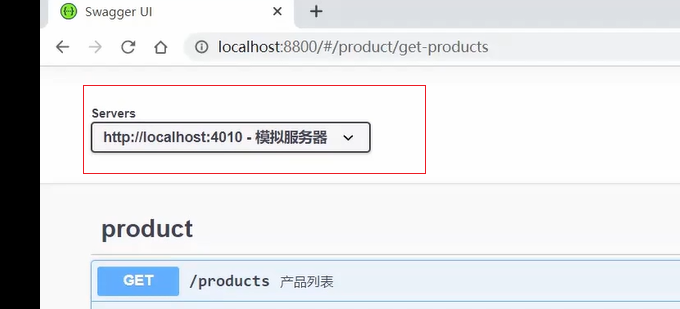
(4)OpenAPI Generator可以生成访问API的客户端和服务器端代码
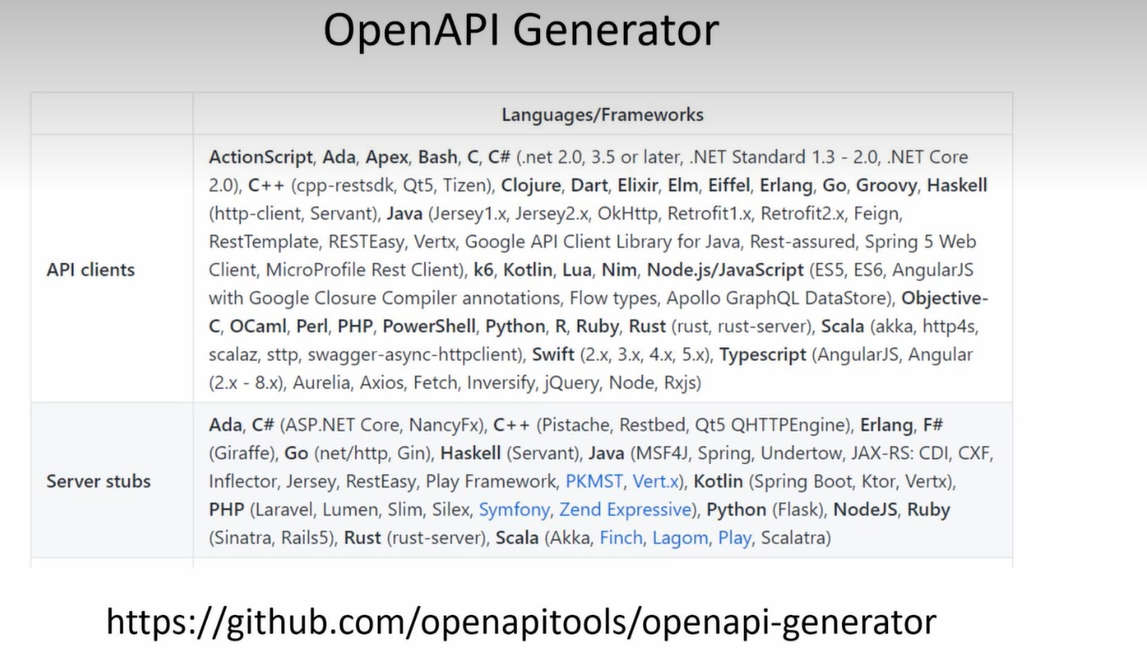
eg:使用yaml生成java代码
(1)下载OpenAPI Generator CLI的jar文件
(2)执行命令:
生成客户端代码:
java -jar ./openapi-generator-cli-5.0.0-beta2.jar generate -i ./product.v1.yaml -g java -o product-java-client
生成服务端代码,使用spring框架生成服务端代码
java -jar ./openapi-generator-cli-5.0.0-beta2.jar generate -i ./product.v1.yaml -g spring -o product-java-server
使用IDEA打开创建的服务端代码,生成的代码中内置了Swagger UI,直接启动服务端,输入:localhost: 3000即可
参考
- 【API 优先的设计】工具篇
